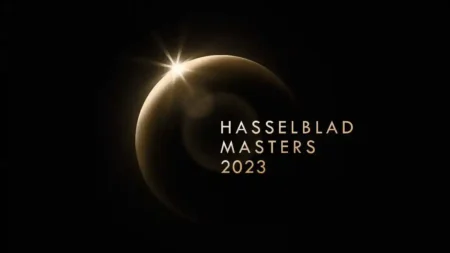Leica has a phenomenal reputation for the build quality of its cameras and optics. Its M-series cameras are aspirational purchases for many photographers. They’re also used by professionals who want their durability, discrete design and high-quality results.
In addition to its rangefinders, Leica also produces medium format, compact and modern-style mirrorless system cameras. All are distinctly Leica. But which one should you save for? Read our buyers guide to Leica cameras to find out.
For a deeper dive into the many different camera types and features available, check out our range of camera buying guides.
Best for Beginners: Leica TL2
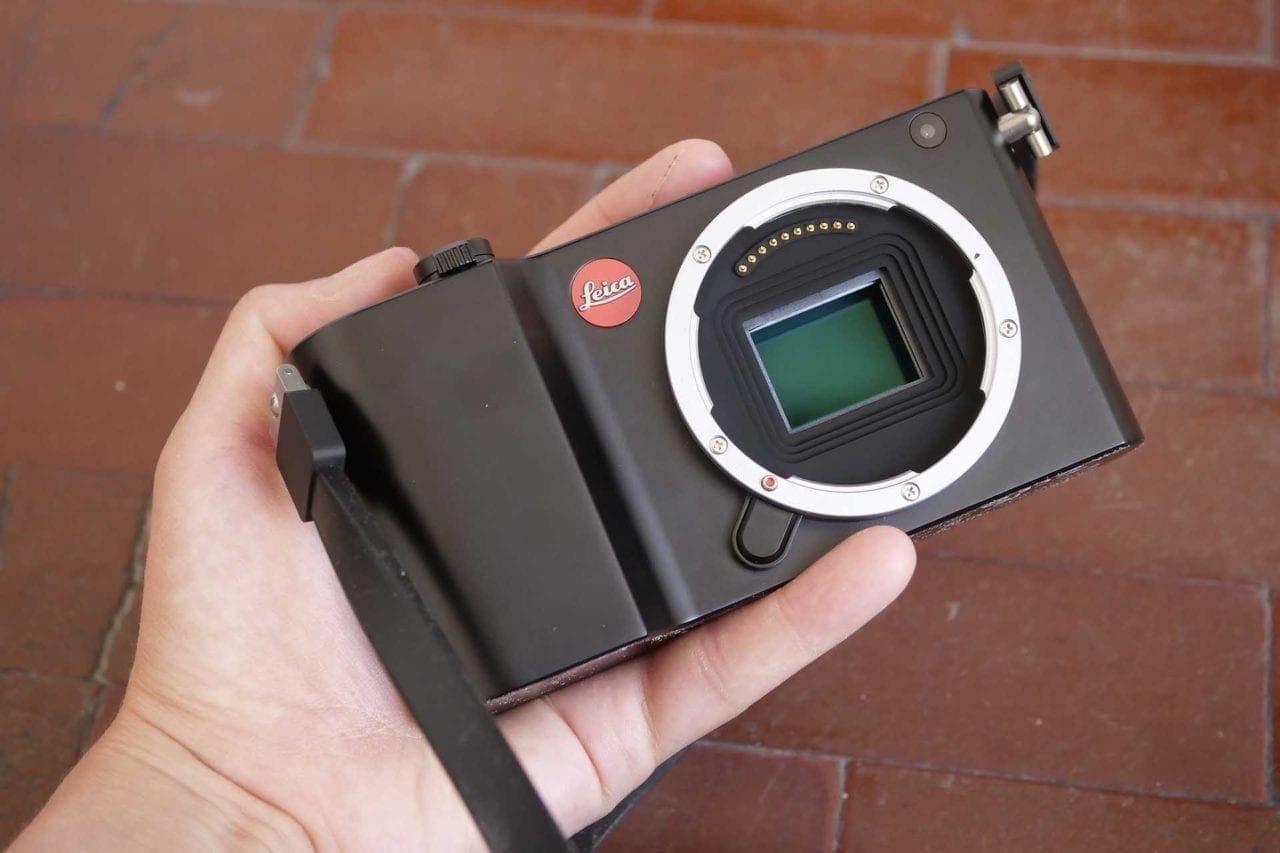
- 24Mp APS-C Format mirrorless system camera
- Slick touch-control
- Excellent image and 4K video quality
The Lecia TL2 is a 24Mp compact system or mirrorless camera with an APS-C format sensor and the Leica L lens mount. Although it’s made by Leica and has the build quality you’d expect from the respected Germany company, it has a large touch-screen and few physical controls. It’s designed with well-heeled smartphone users in mind.
The majority of the features that you’d expect are present and the camera is easy to use. It may not be the usual approach for Leica but it means you can focus on the essentials of photography.
Best for Enthusiasts: Leica CL (Typ 7323)
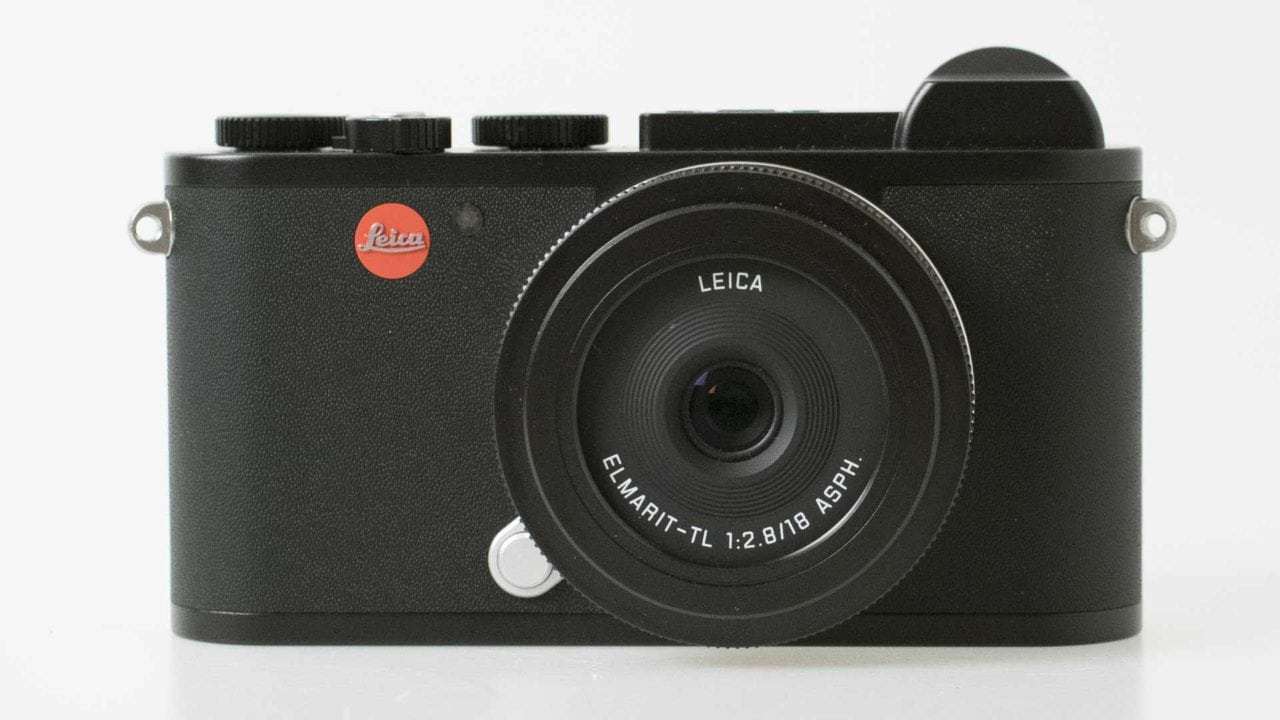
- 24Mp APS-C format mirrorless system camera
- Combines traditional controls with a touch-screen
- Compact and discrete
Leica has given the Leica CL a very similar specification to the TL2 announced in July 2017. The 24.24-million-effective-pixel APS-C sized (23.6 x 15.7 mm) CMOS sensor and Maestro II processing engine, for example, are the same.
Leica has also stuck with the same 49-point contrast detection autofocus system for the CL as is found in the TL2. However, the CL has a more traditional ‘Leica-look’ along with a few more buttons around the touch-screen. Also, unlike the TL2, the Leica CL has a 2.36Mp electronic viewfinder (EVF) built-in.
Best for Everyday Photography: Leica Q-P

- 24Mp full-frame sensor in a compact camera
- Leica Summilux-M 28mm f/1.7 Asph lens
- 3.68-million-dot EVF built-in
The full-frame 24Mp Leica Q is one of my all-time favourite compact cameras. It’s just a delight to use and the image quality from the Leica Summilux-M 28mm f/1.7 Asph lens is just superb. There’s also a 3.68million-dot EVF built-in along with a 3inch, 1.04million-dot touchscreen so you get a clear view of the subject.
Leica recently announced the Leica Q-P, a slight variation on the Q which eschews the red logo on the front for a more discreet all-black design. It’s more expensive than the Q, but if you want to go unnoticed, it could be the camera for you.
Best for Street Photography: Leica M10-P
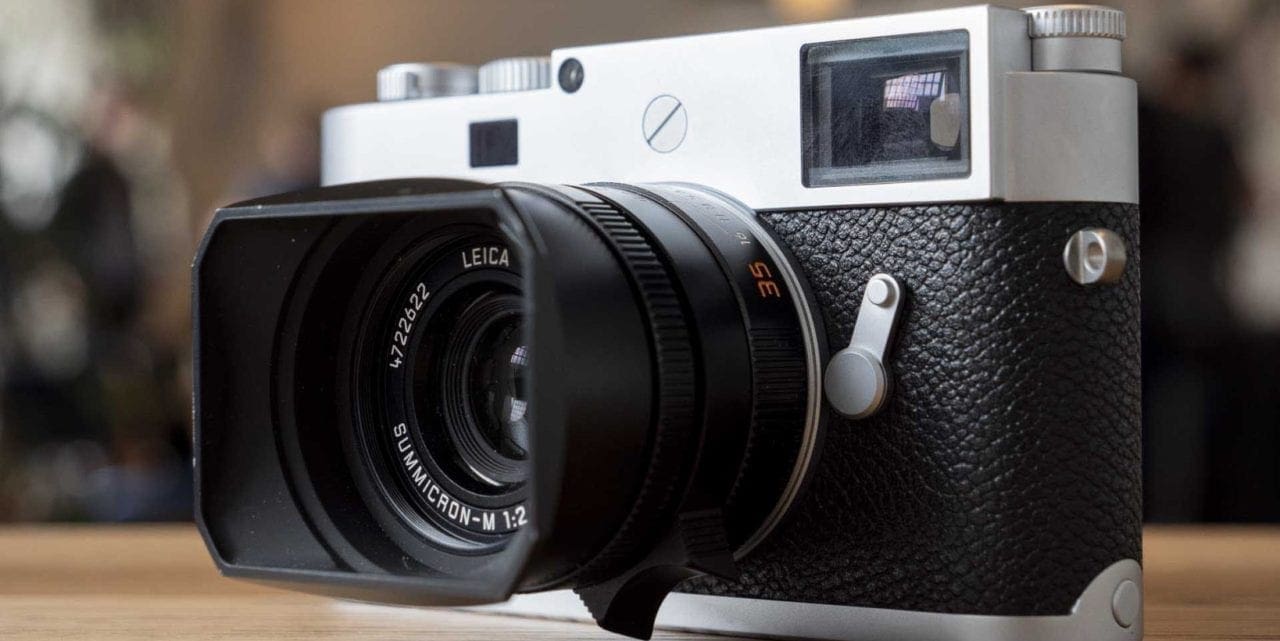
- Rangefinder with Leica M-mount
- Near-silent shutter
- Touch-control
The Leica M10-P (Typ 3656) is an update to the 24Mp Leica M10, which is set to continue in the Leica range. The new camera is based upon the M10 and has the same full-frame sensor, but it’s designed to be even more discrete with a near silent shutter and no red badge on the front. It also adds a touch-screen, which may come as a shock to traditionalists.
Like the M10 and the rest of the Leica M-series, the M10-P is a digital rangefinder camera with manual focusing. It has a metal construction and Leica’s build quality remains second to none. It’s also capable of producing very high-quality images.
Best for Black and White Photography: Leica M Monochrom (Typ 246)
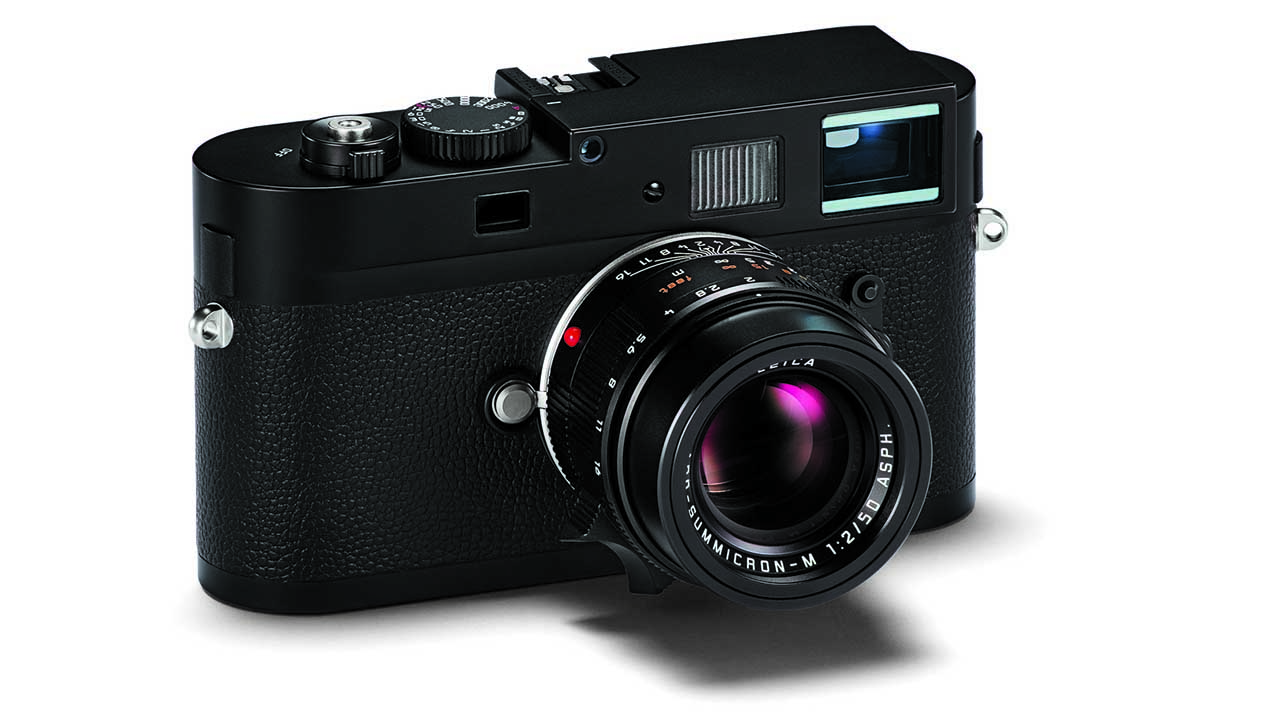
- Dedicated black and white rangefinder camera
- Leica M-Mount
- Live View
Unlike the CMOS sensors in most other cameras, the 24-million-pixel chip in the Monochrom doesn’t have a colour filter array. That means that it can’t record colours, just brightness. That gives it an advantage for monochrome photography as there’s no interpolation of colour and the signal from each photoreceptor (pixel) is recorded separately. Consequently, the M Monochrom is capable of capturing a huge amount of detail.
Omitting the coloured filters also means that more light reaches the photodiodes. Leica has given the Monochrom a sensitivity range of ISO 320 to 25,000.
Best for Fun: Leica Sofort

- Instant camera that uses Fujifilm Instax film
- Battery lasts for 100 shots
- Nostalgic film feel
The Sofort uses Fuji Instax film and can produce images in both colour or monochrome. It’s also by far the most affordable Leica camera you can buy, but for an instant camera it’s at the top end in terms of price. But as you’d expect from a Leica, it has some nice features to walk the walk.
The Leica Sofort offers a bit more control than a basic point and shoot. For example, you can choose from a range of modes, such as Auto, Party & People, Sport & Action, Self-Portrait, Double Exposure and Macro, as well as settings for multiple and timed exposures.
The Sofort also boasts a built-in flash, which you can leave on its auto setting or switch on or off. And to aid self-portraits, the Sofort provides a mirror on the front of the camera to help frame your image.
Other features include freedom to set the focusing distance independently of the program mode you’ve selected, and a monochrome film option for black & white photography.
Best for Studio Photography: Leica S (Typ 007)
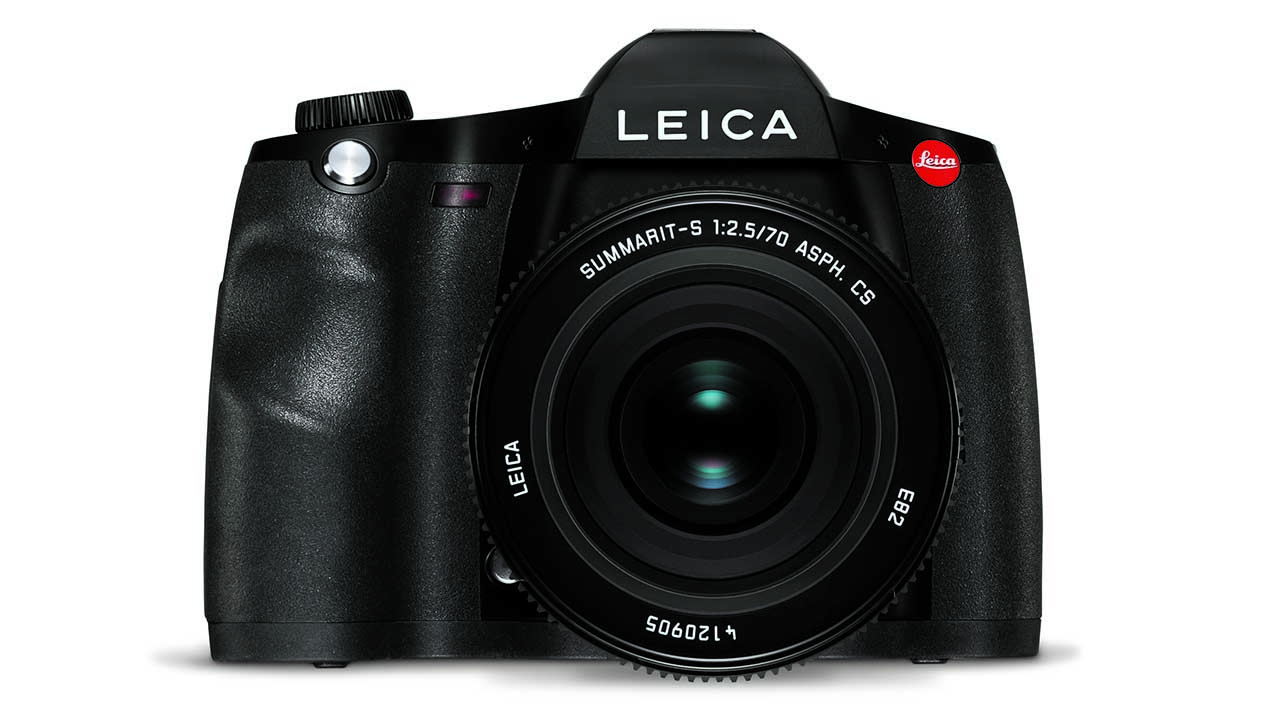
- 37.5Mp 45x30mm Medium format sensor
- DSLR with optical viewfinder
- 3.5fps continuous shooting
Although it’s a medium format DSLR, the Leica S (Typ 007) isn’t excessively big and is well-shaped for hand-held photography. There’s no low-pass filter on the sensor to enable greater detail resolution and the dynamic range is claimed to be 15EV.
In addition to offering live view on the 3inch 921,600-dot LCD, the S Typ 007 is capable of capturing Cinema 4K video. There’s only one AF point at the sensitivity range is rather limited at ISO 100-12,500, but that’s fine for many studio photographers.

